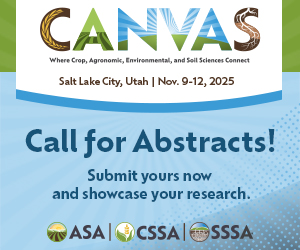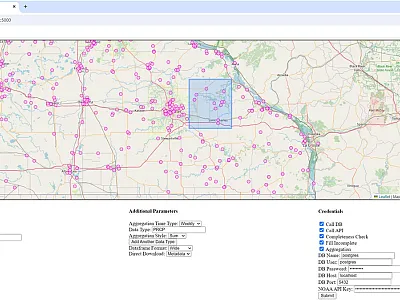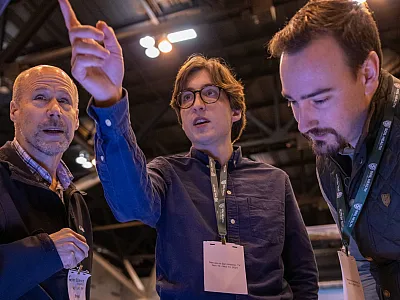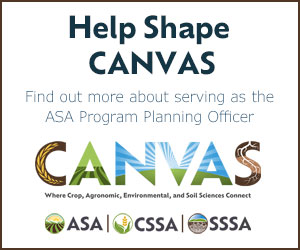Mentoring: A Foundation of Scientific and Professional Success
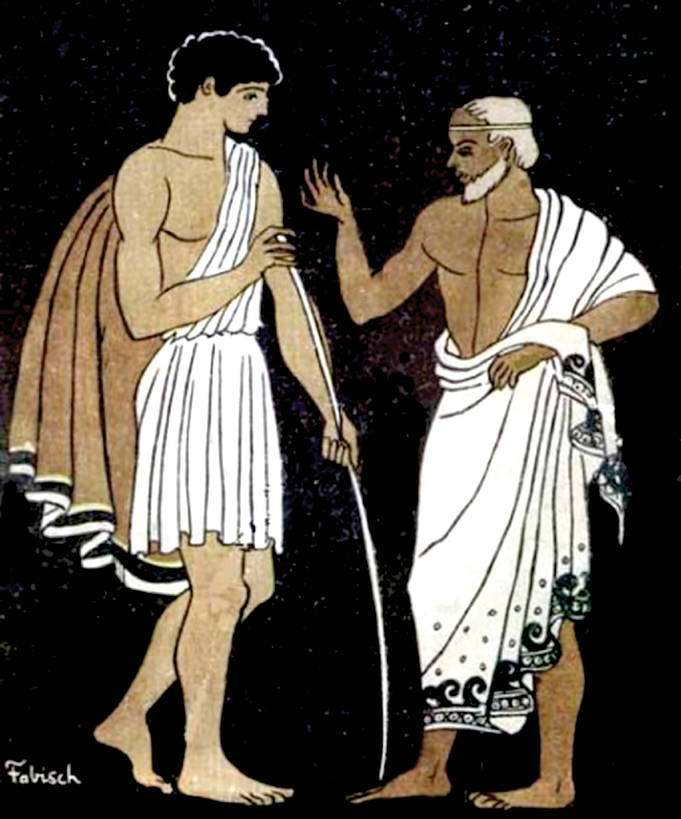
When I meet friends from graduate school at the ASA, CSSA, and SSSA Annual Meetings, we often reflect that while we thought our major career accomplishments would be our scientific discoveries, we are most proud of students and colleagues whom we have mentored and guided. We also value more greatly those who mentored us. Speakers remembering Dr. Ron Phillips at the 2023 Ron Phillips Plant Genetics Lectureship described his fish fries and his guidance and friendship lasting well into their careers. I think often of my own graduate advisers and mentors, Dr. Tommy Carter and Dr. Earl Wernsman. In fact, mentoring is critical to the scientific process as we observe previous work, develop new questions, research, report findings, and rely on others to continue the discovery.
The Societies provide several opportunities for members to connect. Formal mentoring programs include the Golden Opportunity (GO) Scholars, Greenfield Scholars, and Bridge Scholars. Our committee and leadership structure enables mentorship by rotating new, current, and past leadership over three‐year terms. Informal mentoring relationships exist between experienced and newer members in divisions, communities, and specialty groups. However, these programs are somewhat diffuse and uneven in quality. These programs do not have the capacity currently to educate and train members about mentoring.
Given that mentoring is a foundation of scientific and professional success, The National Academy of Sciences convened a workshop on “Effective Mentoring in STEMM (Science, Technology, Engineering, Mathematics, and Medicine)” in 2017 (NAS, 2017). Participants emphasized that mentoring is an interactive mutual relationship rather than a hierarchical one. Mentoring relationships take several forms and are often most effective as a network of colleagues, peers, co‐workers, and sponsors, rather than a single graduate adviser. For example, the 2023 GO Scholars benefitted from traditional one‐on‐one mentoring that was part of the program; GO Scholars also requested additional interaction with, and mentoring from, current graduate student members.
The term “mentor” was first used in English language around 1750, meaning one who counsels, guides, advises, and enables. Attributed to Les Adventures de Telemaque by the French author Fenelon in 1699, Mentor was wise and caring. In The Odyssey, from which Telemaque was derived, Mentor was an old friend of Odysseus who was entrusted to take care of his household and advise his son, Telemachus. However, when Odysseus returns, he discovers that his household has been overrun, his money spent, and his son bullied, indicating that the original Mentor needed additional training and support (Roberts, 1999). Clearly, and as we have all experienced, some mentoring relationships are more helpful than others.
Effective mentoring has a profound impact on an individual's growth and development, providing the guidance and support needed to thrive in a chosen career and avoid the problems of Odysseus. Research has shown that graduate students are more likely to persist in their academic decisions, complete their degree, and to publish their research if engaged in positive mentoring experiences. Also, recruitment of women and under‐represented students into the STEMM academic community, graduate school, and research‐related career paths increases if they are engaged in positive mentoring experiences (NAS, 2019). The National Academy of Sciences has a variety of training opportunities for mentors and mentees that were developed from the 2017 workshop and others, including a series of excellent podcasts: https://bit.ly/48BcHb4.
“Mentorship is a professional, working alliance in which individuals work together over time to support the personal and professional growth, development, and success of the relational partners through the provision of career and psychosocial support.”
—National Academy of Sciences, Engineering, and Medicine, 2019
Survey Says…Mentoring Is a High Priority for Members
For the Societies, results from the “Future of Membership” survey and the “Diversity, Equality and Inclusion” (DEI) surveys conducted by ASA, CSSA, and SSSA in 2021 both clearly pointed to mentorship as a high priority with 85% of participants supporting the development of a mentoring program for the Societies.
Mentoring was rated in the top three focus areas for the Societies, along with Professional Conduct/Anti‐Harassment Policy Development and Education/Training. Survey results suggested that the Societies were not viewed as providing programs and resources that fostered success of under‐represented groups in our membership, particularly with students and early career members. Therefore, there is need to build on the existing mentoring programs and services for all Society members, and especially for under‐represented groups in our sciences and Societies.
Developing a Robust Mentoring Program Within the Societies
Given the importance of mentoring to our membership, recognition that mentoring relationships are the most valuable part of our work, and research supporting the favorable outcomes from effective mentoring, the “DEI Recommendations Report” calls for “the assessment, funding, and development of a robust mentoring program that connects members with mentors—regardless of career stage—within and across—Societies.” The Mentoring Working Group of the ASA, CSSA, and SSSA Diversity, Equity, and Inclusion Committee (DEIC) was formed to develop and review potential mentoring programs for members. The goal of the working group is to identify a mentoring program that provides mentor and mentee training, establishes clear goals and expectations, matches mentors and mentees carefully, encourages open communication, establishes meeting schedules, and provides ongoing support to mentors and mentees.
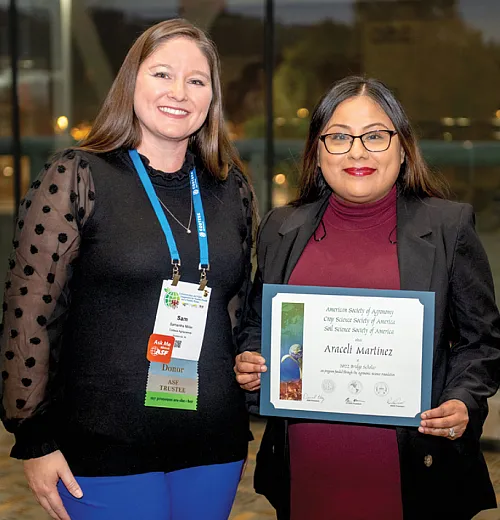
As part of the working group's assessment of a mentoring program, additional research was conducted through a survey focused on mentoring in the spring of 2023. In summary,
- 91% of undergrads, 93% of graduate students, 97% of early career members, and 78% (averaged) of mid/late/retired members are interested in being a mentee, mentor, or both.
- More than 65% are interested in both traditional 1:1 and peer‐to‐peer mentoring, and approximately 40% are interested in group‐based, learning circles, and event‐based mentoring.
- More than 60% would participate if mentor/mentee training was a prerequisite.
- 38% of participants would be willing to support the program with a small optional contribution.
Ways You Can Advance This Strategic Plan Goal
Effective mentoring is a major component of our CSSA strategic plan goal to “Set our members up for advantages throughout their careers with ongoing professional development.” Some practical ways you can advance this goal in your career include:
- Participate in fostering robust mentoring programs in the Societies.
- Nominate talented undergraduates as a GO, Greenfield, or Bridge Scholar.
- Volunteer to be a mentor in those programs.
- Contribute to the mentoring programs through the Agronomic Science Foundation.
- Participate in mentor training opportunities.
- Practice mentoring in your institution.
Members of all ages and years of service can participate to develop career resources to keep students in STEMM and attract students to our science and create opportunities for success throughout member careers. If mentoring made a difference in your career, you might find you greatest lasting impacts are paying it forward and mentoring others.
References
NAS. (2017). Effective mentoring in STEMM: practice, research, and future directions: Proceedings of a workshop in brief. National Academies of Sciences, Engineering, and Medicine. https://doi.org/10.17226/24815.
NAS. (2019). The science of effective mentorship in STEMM. National Academies of Sciences, Engineering, and Medicine; Policy and Global Affairs; Board on Higher Education and Workforce; Committee on Effective Mentoring in STEMM. https://www.ncbi.nlm.nih.gov/books/NBK552775/#
Roberts, A. (1999). The origins of the term mentor. History of Education Society Bulletin, 64, 313–329.
Text © . The authors. CC BY-NC-ND 4.0. Except where otherwise noted, images are subject to copyright. Any reuse without express permission from the copyright owner is prohibited.



